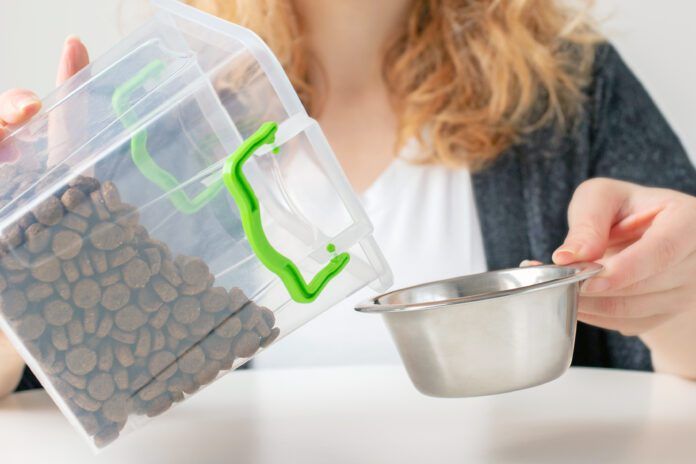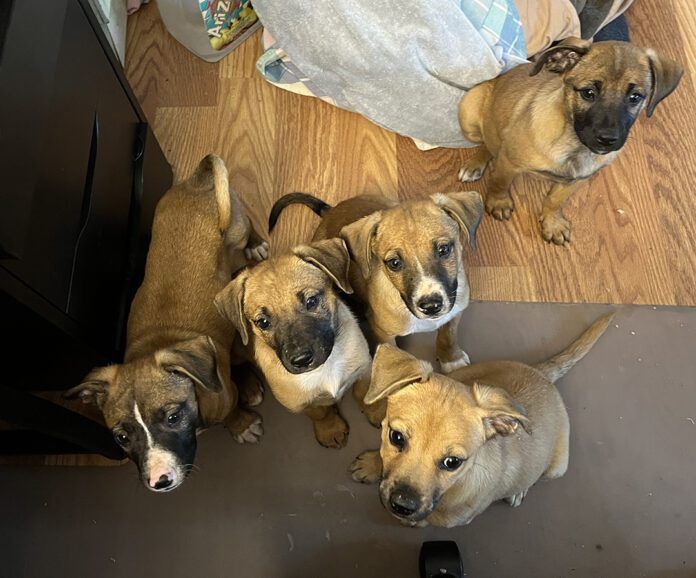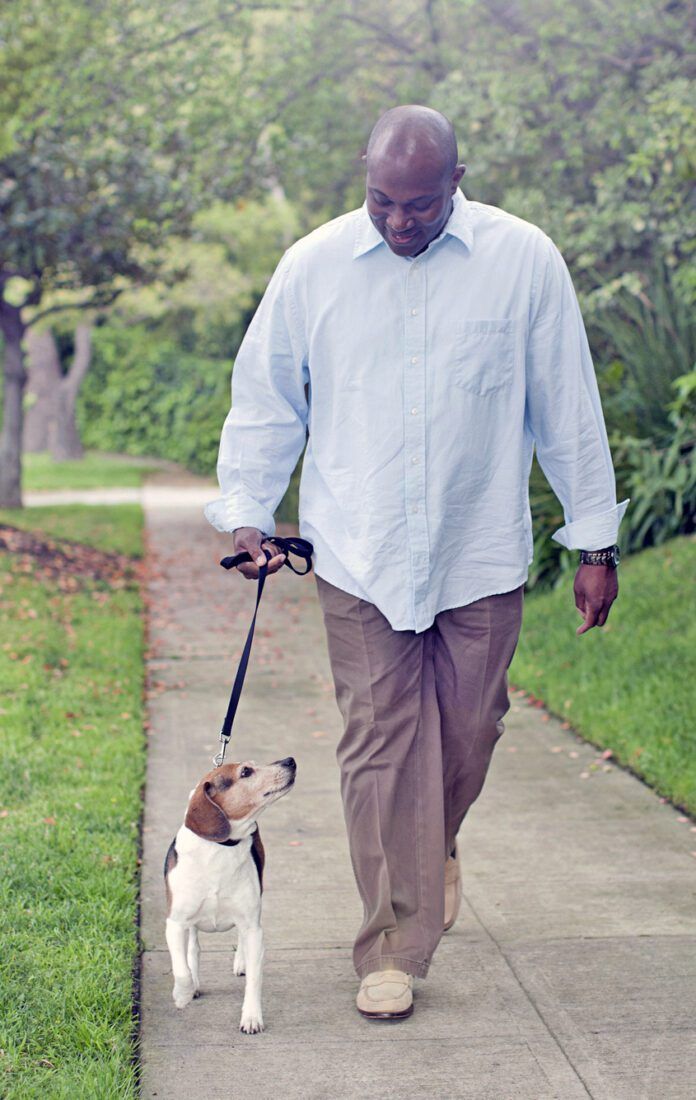Roundworms, whipworms, hookworms, and tapeworms are the most common intestinal parasites that afflict dogs. To eliminate these worms, there are currently six drugs available for use in dogs in the United States, and a myriad of choices of products that offer these drugs alone and in varying combinations.
The best dewormer for your dog is one that addresses your dog’s individual risk for contracting intestinal parasites, that is convenient to administer, and that addresses any breed-specific risks (see “The MDR1 Mutation and Milbemycin and Moxidectin,” below). The only dewormers that are not routinely recommended are ones that contain piperazine. Dewormers that contain piperazine have limited effectiveness against roundworms and do not address any other intestinal parasites. Your veterinarian can help you determine which dewormer is best for your dog’s lifestyle and risk factors for contracting intestinal parasites, but here is information about each drug that will help inform your decision:
| Drug | Available forms | Effective Against | NOT Effective Against | Administration Frequency | Safe to Use | Do Not Give To |
|---|---|---|---|---|---|---|
| Milbemycin (pronounced mil-beh-MY-sin) | Oral tablet or chewable | Hookworm roundworm, whipworm (also heartworm) | Tapeworm | Once a month | Adult dogs, puppies as young as 4 weeks old and at least 2 lbs | Pregnant or nursing dogs |
| Fenbendazole (pronounced fen-BEN-da-zole) Note: A drug called febantel is available only in the dewormer Drontal Plus for Dogs. Febantel is metabolized in a dog's body to fenbendazole and has the same spectrum of activity as fenbendazole.) | Oral medication (as either granules to be mixed with food or as a liquid given by oral syringe) | Hookworm, roundworm, whipworm, and some forms of tapeworm | Dipylidium caninum (the most common tapeworm, which is transmitted by fleas) | Once a day for three to five consecutive days | Adult dogs, puppies as young as 6 weeks old, pregnant dogs | |
| Praziquantel (pronounced pra-zi-KWON-tell) | Oral medication, either by itself or combined with other dewormer drugs that combat hookworm, roundworm, and whipworm; it also available in some once-a-month heartworm preventatives | Several species of tapeworm, including the most common tapeworm that is transmitted by fleas | Usually, just one dose. A second dose may be necessary if a dog is at risk of becoming reinfected by fleas. Reinfection with this species of tapeworm can be prevented by using a high quality flea preventative and treating the home environment for fleas. | Adult dogs, puppies as young as 4 weeks old, and pregnant and nursing dogs | ||
| Pyrantel (pronounced pie-RAN-tell) | Oral tablet or liquid | Adult hookworms and adult roundworms residing in a dog's small intestine | Tapeworm, whipworm, or larval stages of hookworm or roundworm | Three doses needed, given two weeks apart (this dosing regime is designed to kill all the adult worms; it takes about two to four weeks for the larval stages of hookworms androundworms to develop into adults) | Adult dogs, puppies as young as 2 weeks old, and pregnant and nursing dogs | |
| Moxidectin (pronounced mox-ee-DEK-tin) | Topical Oral tablet (Simparica Trio, which also contains two other drugs): Injectable (ProHeart 6 and ProHeart 12) | Hookworm, roundworm, and whipworm (also heartworm) Hookworm, roundworm (also heartworm) Hookworm (also heartworm) | Once a month Once a month ProHeart 6 is given every six months; ProHeart 12 is given every 12 months | Adult dogs, puppies at least 7 weeks old and 3 lbs Adult dogs, puppies at least 8 weeks of age and 2.8 lbs Adult dogs, puppies more than 6 months old | Pregnant or nursing dogs Pregnant or nursing dogs Puppies less than 6 months old, dogs who are heartworm-positive. |
|
| Piperazine (pronounced pie-per-a-ZEEN) | Oral tablet, liquid, paste, and gel (piperazine is paired with a variety of salts; each combination contains a different amount of piperazine. Follow label directions for the product you select regarding age, weight, and safe use in pregnant or nursing dogs | Limited efficacy against adult roundworms residing in a dog’s small intestine | Larval forms of roundworm, and hookworm, tapeworm, or whipworm | Given in three doses, two weeks apart | Dogs with chronic liver or kidney disease |
How to deworm your dog

The easiest way to deworm your dog is to use an effective heartworm preventative all year long. Heartworm preventatives do more than just prevent heartworm disease. They also treat your dog for intestinal parasites. Some heartworm preventatives also include an insect growth regulator for flea prevention. Others include a drug that quickly kills ticks that become attached to your dog.
Each heartworm preventative product – with its particular combination of drugs – has a different spectrum of activity against intestinal parasites. For example, some preventatives are effective against hookworm, roundworm, and whipworm but not tapeworm. Other preventatives are effective against only roundworm and hookworm while some preventatives are effective against roundworm, hookworm, whipworm, and tapeworm.
The Companion Animal Parasite Council (CAPC) recommends that puppies be treated with a dewormer effective against roundworm and hookworm at two, four, six, and eight weeks of age. Puppies should be started on a monthly heartworm preventative as soon as they are old enough and weigh enough to receive the preventative.
According to the CAPC, if a puppy receives his first dose of dewormer at 6 to 8 weeks old, then the following deworming schedule is recommended:
- Administer a dose of dewormer. Use a dewormer that contains pyrantel, fenbendazole, or a combination of pyrantel and febantel.
- In two weeks, administer your puppy’s first dose of heartworm preventative.
- In four weeks, administer a second dose of dewormer.
- In six weeks, administer the next dose of heartworm preventative. Continue heartworm prevention all year long.
If you do not want your puppy or dog to be on heartworm preventative, then you should deworm according to the following schedule recommended by CAPC:
- Puppies should be dewormed every two weeks starting at 2 weeks of age until they are 2 months old.
- Puppies between 2 and 6 months of age should be dewormed once a month.
- Adult dogs and puppies more than 6 months of age should be dewormed once every three months.
Use a broad-spectrum dewormer that is effective against roundworm, hookworm, and whipworm. If your dog is not on a flea or flea/tick preventative, then select a dewormer that is also effective against the tapeworm Dipylidium caninum.
Dogs who have an MDR1 gene mutation are more sensitive to the effects of milbemycin and moxidectin. MDR1 refers to a gene called “MultiDrug Resistance 1” and is also known as gene ABCB1. A mutation in this gene allows higher levels of certain medications – including milbemycin and moxidectin – to enter the brain from the bloodstream.
Certain breeds of dogs are more likely to have the MDR1 gene mutation. According to Washington State University College of Veterinary Medicine, these breeds include Collies, Shetland Sheepdogs (Shelties), Australian Shepherds, Old English Sheepdogs, English Shepherds, German Shepherds, Longhaired Whippets (also known as Silken Windhounds or Windsprites), and a variety of mixed-breed dogs.
When used at the dosages present in heartworm preventatives, milbemycin and moxidectin do not cause an adverse reaction in dogs who have the MDR1 gene mutation. However, milbemycin and moxidectin should be used cautiously in dogs with the MDR1 gene mutation who are also receiving certain cardiac medications, certain antibiotics or antifungals, or cyclosporine.
Testing your dog to see if he has the MDR1 gene mutation is easy and can be done at home. You can order a cheek swab test from Washington State University’s College of Veterinary Medicine (click here) or by calling (509) 335-3745. Your veterinarian can also submit a blood sample to WSU to test for the MDR1 gene mutation.
Within the past decade, the hookworm Ancylostoma caninum has been developing resistance to all of the dewormers currently authorized for use in the United States, including pyrantel, fenbendazole, and moxidectin. This phenomenon was originally seen in retired racing Greyhounds but has since been seen in a variety of dog breeds.
It is thought that A. caninum started developing drug resistance through the inappropriate use of dewormers at Greyhound race tracks. Dewormers labeled for use in large animals can often be obtained without a prescription. This gave trainers an easy route to obtain dewormers that may not work the same in dogs as it does in large animals. There may also have been instances where an inappropriately low dose of a dewormer was given to the dogs, thus eliminating some hookworms but allowing hardy hookworms to survive and thrive.
Other factors that are thought to have contributed to the development of drug-resistant A. caninum include the mild, temperate climate of the Southeast where the majority of Greyhound race tracks were once located. The eggs and larvae of A. caninum are killed by freezing temperatures that are not often seen in the Southeast region. The sandy surface of Greyhound race tracks also provided a perfect growth medium for A. caninum larvae.
Dogs who are suspected to be infected with drug resistant hookworms can be treated with a combination of fenbendazole, pyrantel, and moxidectin. Your veterinarian will determine the dose and frequency of each dewormer administered. A fecal egg count reduction test should be performed before and after treatment to determine the effectiveness of the drug combination.
There is evidence that a medication called emodepside may be effective at eliminating drug-resistant hookworms. This medication is licensed for use in dogs in Europe but not yet in the United States. Emodepside is one of the medications in the topical dewormer Profender licensed for use in cats, but only the oral formulation of emodepside is effective in dogs. Hopefully, this medication will become licensed for use in dogs in the United States.




















